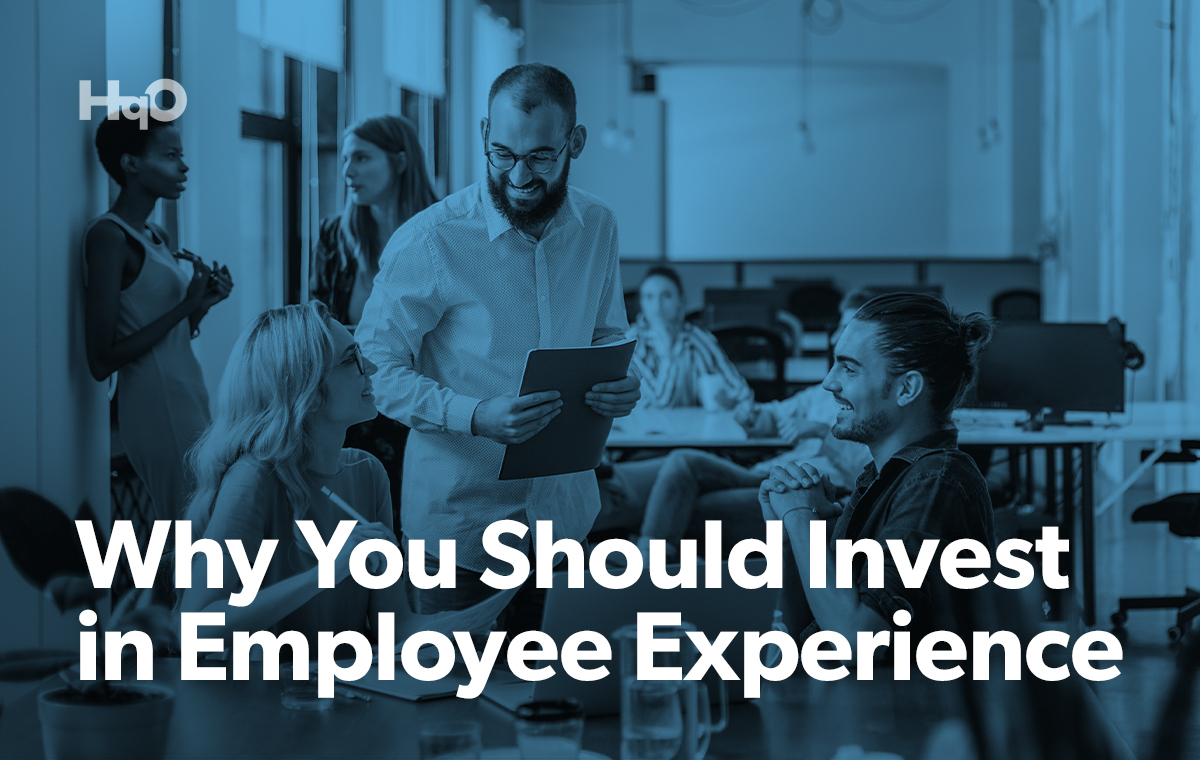The workplace — namely, employee experience — has changed significantly in the last few years.
According to Accenture’s Future of Work study, 83% of workers now prefer a flexible, hybrid work model over being full-time in the office or full-time remote. Additionally, a Workhuman study reveals that increased workplace flexibility and a better work-life balance remain at the top of reasons for employees seeking new employment.
Almost three years into the COVID-19 pandemic, most companies have begun to fulfill these needs and shift towards flexible working environments. And, now that the possibility of hybrid work has been made into a reality, there’s no turning back: the future of work is flexible.
This evolution begs a few questions. For example, where does this leave employers who are still looking for the best way to adopt flexible or hybrid policies? What about the employers who already do, but need to refine their existing approach to engage and retain talent? How do companies create a strong workplace culture when people are only in the office a few days a week, or sometimes not at all?
The answers to the above questions depend on creating value in the physical office, and using technology to facilitate flexible, physical-to-digital engagement strategies.
By investing in modern workplace experiences, employers can take advantage of a unique opportunity to engage with employees and help them do their best work from any location. Additionally, they can foster stronger connections between people and the workplace – while optimizing their investments at the same time
Going People-First
One in six white collar employees want to quit their jobs this year instead of returning to the office, a recent Slack survey reveals. It also indicates that flexibility plays a significant factor in employee satisfaction: a third of respondents claimed that flexible workplace policies are encouraging them to stay in their current job.
With this in mind, the dilemma modern employers face becomes characterized by two main needs-flexibility and connection. To engage and retain their employees, companies need to ensure that they feel strongly connected to their workplace and its culture.
Simply put: employees crave a thriving workplace community that they want to be a part of. The employee experience needs to feel personalized, easily accessible to everyone, and memorable enough to keep them coming back for more.
Technology’s Role
There is a clear opportunity to enhance workplace communities through technology. According to PwC, most employees seek out digital solutions – such as communication tools, resource booking, and mobile access – that will help them do their best work.
However, only 60% of employees say they’re satisfied with the mobile options available to them. Employees also reported that they’d be willing to spend up to two days per month on training to upgrade their digital skills to accommodate new technology – showing a willingness to invest in tools that would take away the stressors of the average work environment.
Thus, it’s no surprise that companies are investing more than ever in technology geared towards improving workplace and employee experiences. As stated in a recent Forbes article:
“[Forrester predicts that] leading organizations will ‘unlock the creativity of their employees and surround them with intelligent technologies such as automation and prediction engines that focus on outcomes, not just financial results.’ This heralds a new era of transformation featuring ‘human-centered technology initiatives’ that connect customer experience (CX) and EX ‘to drive competitive advantage and deliver a 3% to 5% net gain in productivity.’”
Want to learn more about how technology can enhance the employee experience? Download our latest industry guide, Investing in Employee Experience.



